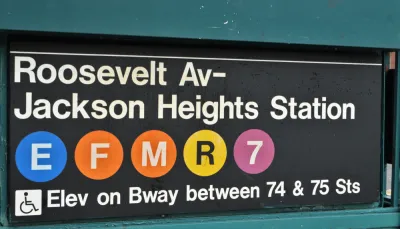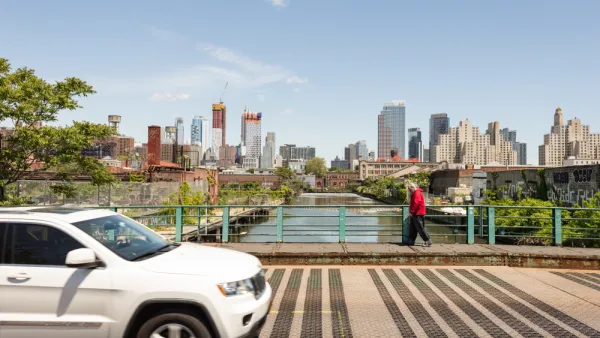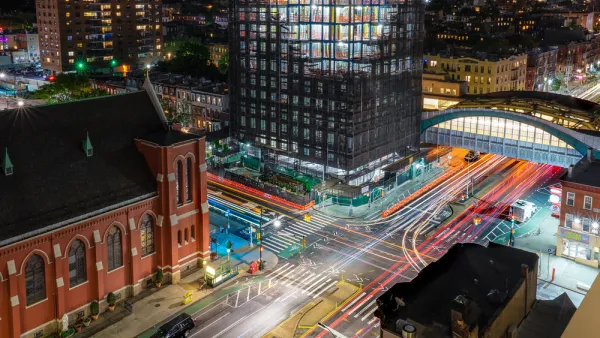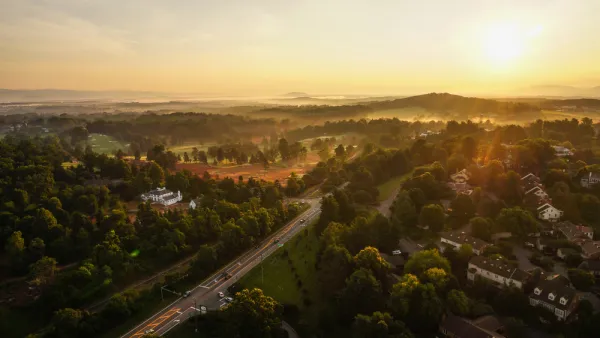People who can't vote can still have a say in the processes by which their neighborhoods are planned and developed. An example from New York City illustrates the point.

Oscar Perry Abello reports on the work of the neighborhood group Queens Neighborhood United in New York City as an example of how community-based planning can give voices to people cut off from other mechanisms of democracy.
"Many of Queens Neighborhood United’s members can’t vote, but they can still make their voices heard," explains Abello. "[T]his is also a story about what it looks like to participate in community development and democracy, in an era where citizenship status can exclude people who are by other measures lawful, productive members of society."
The most recent campaign championed by Queens Neighborhood United is an opposition to a proposed Target development in a corridor zoned for local business. "Queens Neighborhoods United met the Target developer and the Department of Buildings in New York State Supreme Court this past January to force construction at the site to stop while their zoning challenge continues to play out," explains Abello. The case failed to stop construction, but a second hearing is expected at the Board of Standards and Appeals in May.
FULL STORY: Facebook Twitter Email How All Residents — Not Just Citizens — Have a Voice in Planning

National Parks Layoffs Will Cause Communities to Lose Billions
Thousands of essential park workers were laid off this week, just before the busy spring break season.

Retro-silient?: America’s First “Eco-burb,” The Woodlands Turns 50
A master-planned community north of Houston offers lessons on green infrastructure and resilient design, but falls short of its founder’s lofty affordability and walkability goals.

Delivering for America Plan Will Downgrade Mail Service in at Least 49.5 Percent of Zip Codes
Republican and Democrat lawmakers criticize the plan for its disproportionate negative impact on rural communities.

Test News Post 1
This is a summary

Test News Headline 46
Test for the image on the front page.

Balancing Bombs and Butterflies: How the National Guard Protects a Rare Species
The National Guard at Fort Indiantown Gap uses GIS technology and land management strategies to balance military training with conservation efforts, ensuring the survival of the rare eastern regal fritillary butterfly.
Urban Design for Planners 1: Software Tools
This six-course series explores essential urban design concepts using open source software and equips planners with the tools they need to participate fully in the urban design process.
Planning for Universal Design
Learn the tools for implementing Universal Design in planning regulations.
EMC Planning Group, Inc.
Planetizen
Planetizen
Mpact (formerly Rail~Volution)
Great Falls Development Authority, Inc.
HUDs Office of Policy Development and Research
NYU Wagner Graduate School of Public Service





























